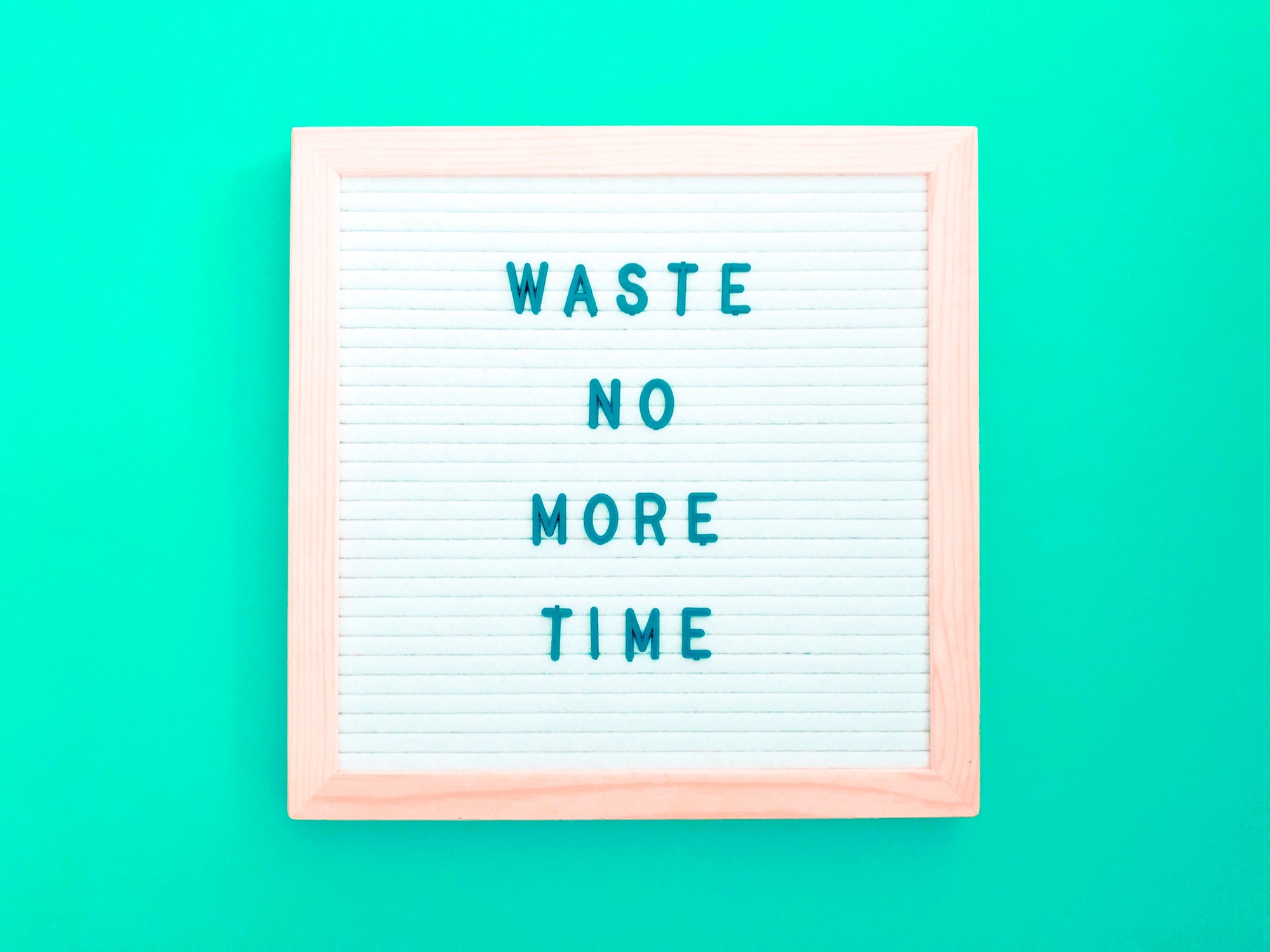If you stress over the result of modern-day living on your waist, you might wish to attempt eating like your forefathers. That’s the theory behind the Paleo diet, which returns to a time before agriculture when people were still hunters and collectors.
More than 10,000 years ago in the Paleolithic Era, the life span was only about 25 years, but there was a really low prevalence of weight problems. While the research study on the Paleo diet is restricted, a lot of specialists agree that this way of life has both pros and cons. These suggestions will assist you to browse this distinct diet plan.

Following a Paleo Diet
- Get rid of processed food. Movie theaters didn’t serve popcorn in the Stone Age. Film theaters weren’t in existence. Eliminating refined sugar and carbs may be the toughest and advantageous element of the Paleo diet.
- Cut back on salt. A lot of Americans consume too much salt, and the biggest culprit is processed foods. You’ll easily stay under the limit with this diet.
- Take in more produce. Many supporters of the Paleo diet plan extend plenty of leeway for very foods like broccoli and kale given that they’re close to the wild variations of long back.
- Select lean meats and fish. It’s easy to overdo it eating this much meat. Have fish for breakfast and shop for strip steak and extra lean ground turkey.
- Get your Vitamin D. Vitamin D deficiencies are possible if you forego all dairy products and fortified cereals. Hang out in the sunlight or take Vitamin D supplements so that your body can still carry out essential functions, such as securing your bones.
- Workout. Even if your day job and home mortgage rule out the alternative of ending up being a nomad, you can shake up your inactive life. Sign up with a health club or ride your bike to the office.
- Live a greener life. Lots of people rave about the Paleo diet due to the fact that it assists them to feel more linked to nature. You’re likewise most likely to produce less garbage when your food does not come in individual packages.
Customizing a Paleo Diet
- Balance your macronutrients. Overall, there are significant inconsistencies between the Paleo diet plan and government suggestions. Going Paleo is a little high in fat and protein and exceptionally low in carbohydrates.
- Add in dairy products. To get more calcium and Vitamin D, some people continue to consume foods in the dairy classification. Low-fat and non-fat items may assist you to lose weight too.
- Decide on grains. You may choose to keep a space in your life for entire grains. There’s a huge difference between brown rice and white rice when it comes to dietary worth.
- Arrange cheat days. If getting rid of entire food groups and consuming less than half the everyday recommendation for carbohydrates raises doubts for you, you can make additional changes. Take one or two days of rest every week and eat with fewer restrictions. Or select one meal a day that isn’t Paleo. For instance, you can serve oatmeal for breakfast every day.
- Prepare a budget. Even if your body is on board for a strict Paleo diet plan, you might discover that it can end up being costly. Filling your cart with fresh produce, fish, and meat can lead to big grocery costs. Try growing your own vegetables and keep an eye out for sales.
You can discover a lot from a caveman. Consuming less junk food and more fiber is bound to be helpful for you. Modify the Paleo diet plan to match your specific needs and talk with your doctor if you have any questions or concerns.



